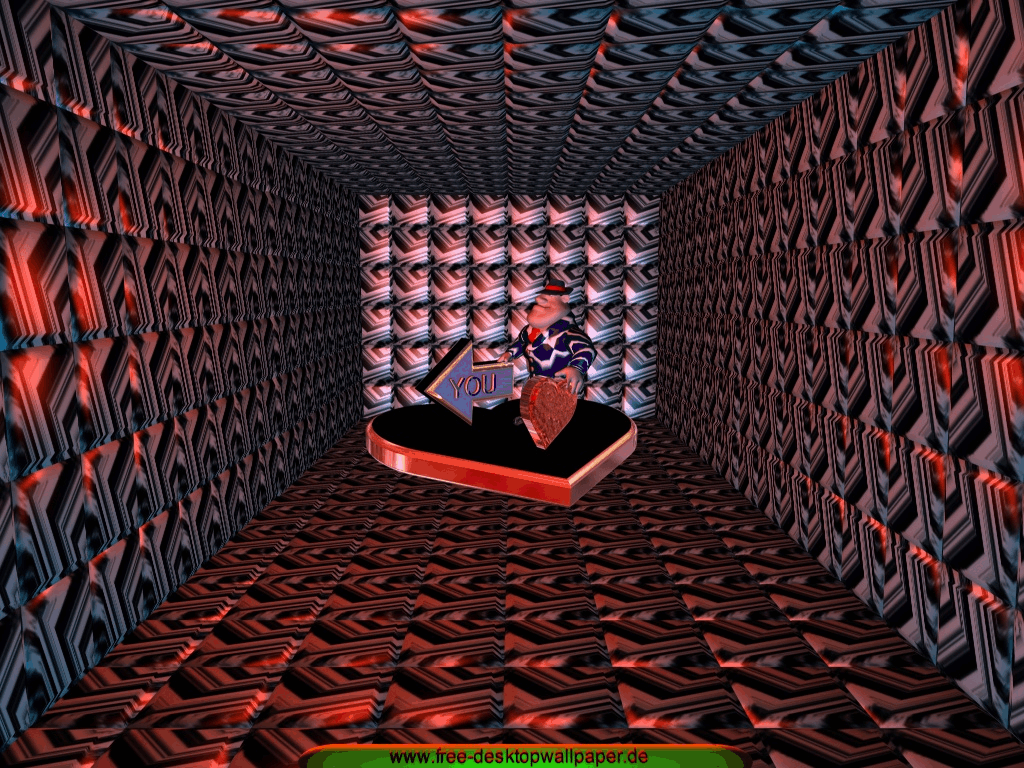

Northern California has experienced a series of disastrous blazes that have burned hundreds of homes, and many remain uncontained. Nationally, 92 large fires were burning in a dozen mainly Western states, according to the National Interagency Fire Center in Boise, Idaho. The fire has blackened 32 square miles (83 square kilometers) since Aug. Because flames were still active, assessment teams have been unable to get into neighborhoods to see if any homes were damaged, he said.Ībout 10 communities were under evacuation orders. “The fire really made a big push and put up a huge column of smoke,” fire spokesman Alex Olow said Wednesday. In the southern Sierra Nevada, there was growing concern after the French Fire expanded near Lake Isabella, a popular fishing and boating destination. At least 682 homes were among more than 1,270 buildings that have been destroyed. The Dixie Fire, which broke out July 13, was 43% contained.

New evacuations were ordered after winds pushed the blaze to the northeast on Wednesday, as flames crossed State Route 44 and headed toward campgrounds near Eagle Lake. Meanwhile, California’s Dixie Fire, the second-largest in state history at 1,148 square miles (2,973 square kilometers), was burning only about 65 miles (104 kilometers) to the north. More than 2,500 firefighters were on the line and more resources were streaming in, including big firefighting aircraft, fire officials said. On the fire’s eastern side, crews bulldozed fire lines, opened up narrow logging roads and cleared ridgetops in hopes of stopping its advance, fire officials said. The western side of the blaze continued to threaten more than a dozen small communities and wineries. It was 11% contained and threatened more than 17,000 structures. 14 in the Sierra Nevada southwest of the lake. The Caldor fire has scorched more than 197 square miles (510 square kilometers) and destroyed at least 461 homes since Aug. However, the Washoe County School District’s schools in Incline Village on the north shore of Lake Tahoe remained closed, the district said in a statement. The school district that includes Reno reopened most schools on Wednesday, citing improved air quality conditions. “I just think that the smoke and the fires have gotten bigger, hotter and faster-moving.”Ĭlimate change has made the West warmer and drier in the past 30 years and will continue to make the weather more extreme and wildfires more destructive, according to scientists.Īlthough there were no evacuations ordered for Lake Tahoe, it was impossible to ignore a blanket of haze so thick and vast that it closed schools for two days in Reno, Nevada, which is about 60 miles (100 kilometers) from the fire. And I think it’s becoming a reality for us, unfortunately,” Diane Nelson said. “Everybody’s trying to make accommodations for the smoke. In the end, the Nelsons spent two days arranging to have the wedding moved from the glacial lake several hours southwest to the San Francisco Bay Area. The sun was an eerie blood orange, and the floats and boats in the lake were obscured by haze Tuesday. However, the smoke caused most of the community to leave.

South of Tahoe, Rick Nelson and his wife, Diane, had planned to host a weekend wedding at Fallen Leaf Lake, where his daughter and her fiance had met. South Lake Tahoe and Tahoe City on the west shore had the nation’s worst air pollution at midmorning Wednesday, reaching 334, in the “hazardous” category of the 0-500 Air Quality Index, according to AirNow, a partnership of federal, state and local air agencies. Meanwhile, the Caldor Fire spread to within 20 miles (32 kilometers) southwest of Lake Tahoe, eating its way through rugged timberlands and “knocking on the door” of the basin that straddles the California-Nevada state line, California’s state fire chief Thom Porter warned this week.Īsh rained down and tourists ducked into cafes, outdoor gear shops and casinos on Lake Tahoe Boulevard for a respite from the unhealthy air.


 0 kommentar(er)
0 kommentar(er)
